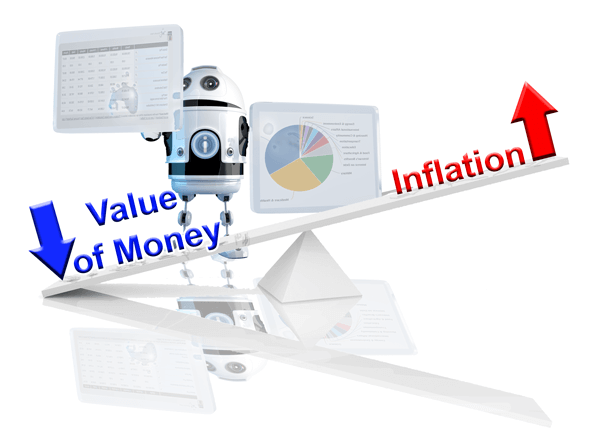Menu
Core Inflation Explained
As we discussed in our earlier inflation article Inflation Explained, inflation is the relative measured of goods/services and the value of money over time.
Core inflation, like all inflation metrics, is also the measurement of goods/services and value of money over time but leverages adjusted metrics to provide a more refined sample.
If you find the information on inflation and its affect on income then we kindly request that you take a second to provide a rating below and or share to your favourite social network.
Please provide a rating, it takes seconds and helps us to keep this resource free for all to use
What is the difference between Inflation and Core Inflation?
Inflation metrics are typically collated on a monthly basis with the defined inflation rate determined to provide Month-on-Month (MoM) metrics, these in turn are balanced to provide a Year-on-Year (YoY) defined inflation rates. Inflation rates, like most economic analyses, are based on sampling equations, the assumption being that the sample taken provides a foundation from which reasonably confident decisions and benchmarks can be drawn. The confidence therein dependant on the variation in the sample type and historical trends. In economic terms, a months is a small period, any number of issues can occur and conspire within a month to create a peak or trough in the cost of a certain product/service. This 'volatile change' can result in inflation rate spikes or dips which, when viewed in isolation can seem dramatic. When viewed across a longer period, a business quarter or, ideally a year, the spike should become apparent. Whilst that particular event may have been significant at the time, the impact can skew economic trends. It is this economic 'volatility' which gave birth to core inflation rates.
Core inflation takes a broad sample as in standard inflation calculations but refines the sample to isolate and disregard volatility. The aim therein is to produce a more balanced inflation rate which reflects the economic situation as a whole. Core inflation rates provide a far more balanced benchmark of the value of money over time and therefore are far more suitable for producing economic forecasts and future growth strategies.

The UK uses a core inflation rate approach, refining over time to produce improved benchmarking for more accurate forecasting. It is however important t remember that the inflation rate, however well refined, is just a sample and not an 100% accurate snapshot of the economic situation of a country. The reality being that economic forecasting is a case of 'best guess' and not a guarantee of where a specific economy will be at a certain point in time. If economic forcasts were that good, we would never enter recession and economic depression.
Next: What Causes inflation?
Previous: Understanding Inflation